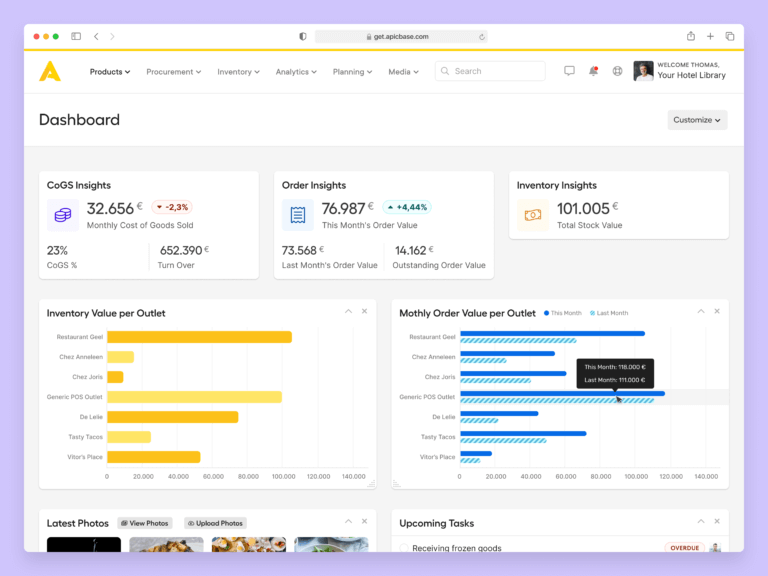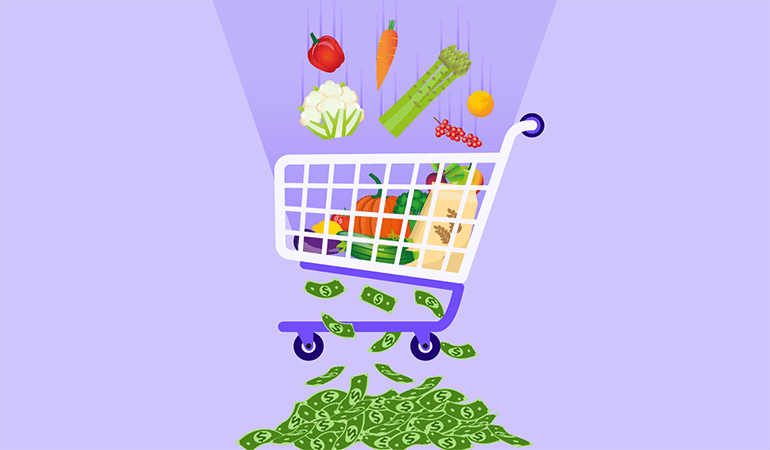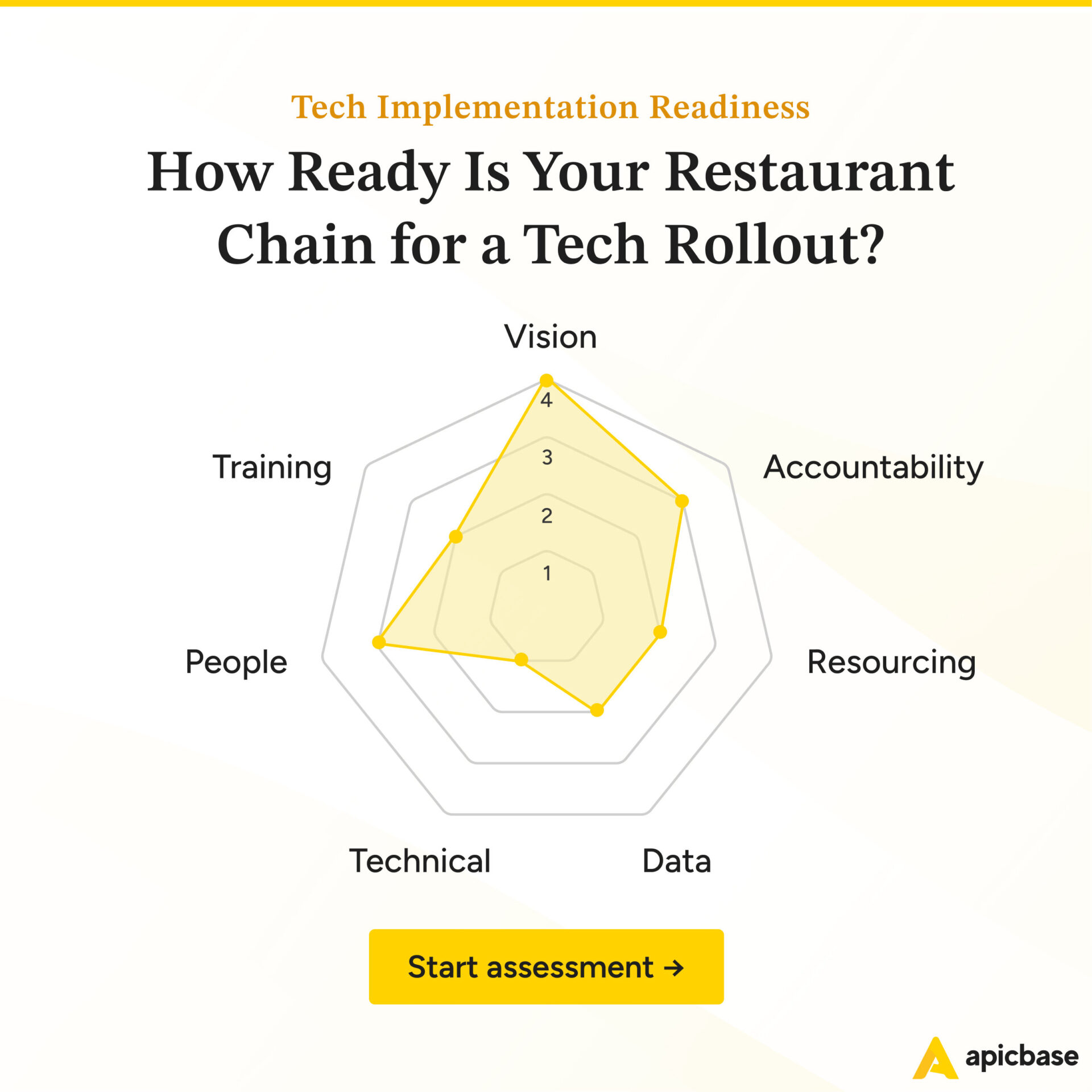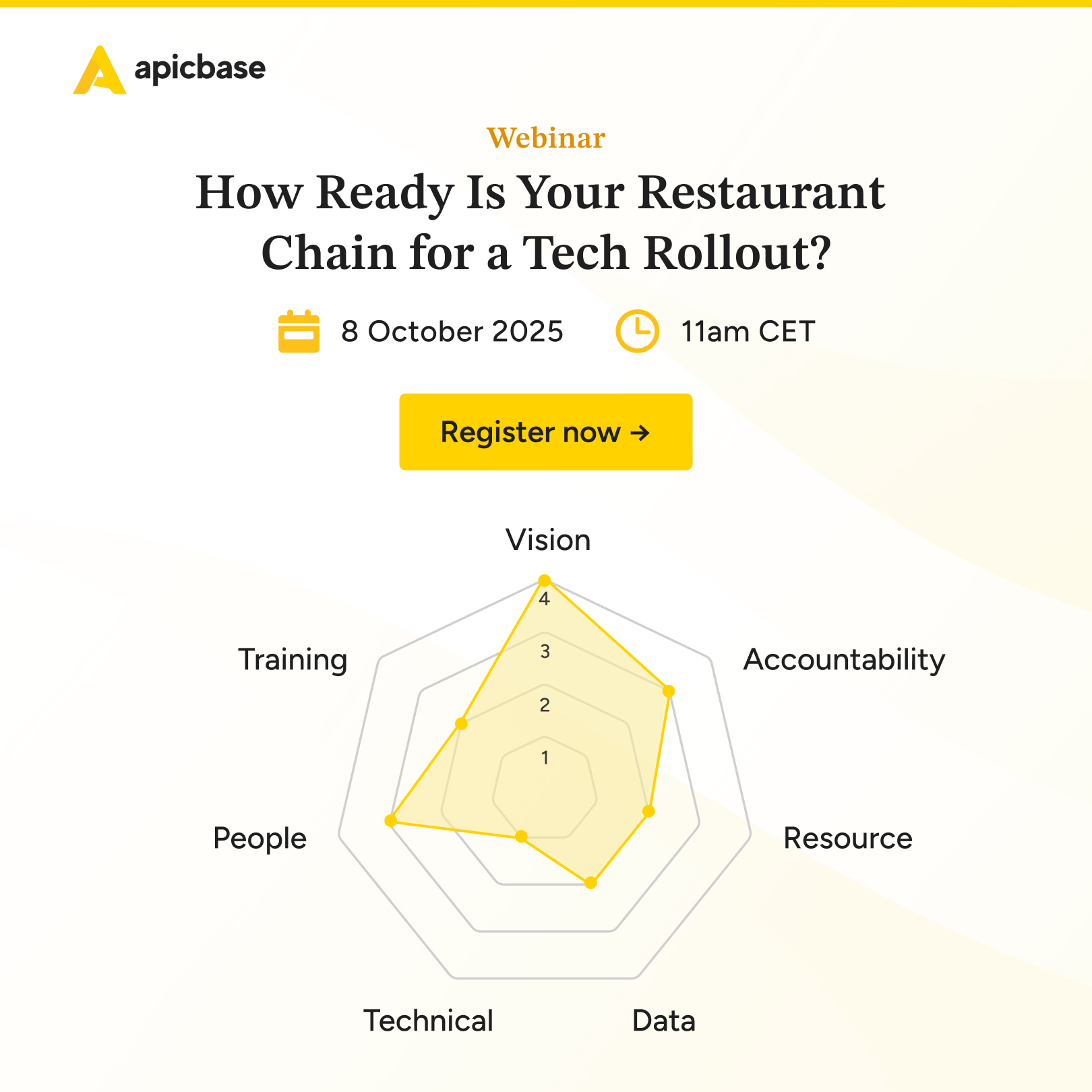Procurement mistakes in a restaurant setting are insidious…
… they are small and unnoticeable (when you don’t know where to look)…
… but they pile up quietly (a couple of euros here, a few bucks there)…
… until you’re bleeding thousands monthly & only a complete audit and Jesus can save you.
Not a position you want to be in, trust me.
That’s why, in this post, I’ll dissect 7 buying factors that affect your food costs: what are they, why mistakes happen, and what you can do to keep a vigilant eye on them.
Here’s what we’ll be talking about:
- Why centralising purchasing is the only way to keep costs in check;
- How a location-specific budget helps you to consistently hit your goals;
- Ways in which over-purchasing is eating away at your profit margin;
- How implementing bidding helps you keep your vendors honest;
- Why your vague purchase forms can result in mistakes & additional cost;
- How to adjust your BoH processes so they don’t result in overpaying;
- How double-checking invoices & payments can help you spot mistakes.
Let’s dig in.
You Don’t Have a Centralised Procurement System

When you have to run purchasing for a dozen or more locations, centralised procurement management (one team working within a dedicated system) is the only way to keep costs under control.
A bit more work? Yes, definitely.
But, a whole lot more data, insights, and opportunities to fine-tune processes and eliminate mistakes.
For example, if you’ve centralised your recipe creation and costing, you have a uniform offer that’s utilizing the exact same ingredients across the board.
Your profit margin depends on that.
If your location chefs each order a different brand (or different packaging) of olive oil, does your recipe costing hold up?
Not likely, because those same local chefs are:
- ordering lower volumes (so no bulk discounts)…
- getting location-appropriate packaging (so 2L bottles instead of 25L canisters)…
- using the same premium oil on everything (so long, recipe costings).
When this is happening in all your locations, you have no way of knowing who the rogue spender is unless you take emergency stock everywhere. Which you will have to do if you want to safeguard your margins.
Best to avoid this whole rigmarole by having a centralised procurement system, don’t you think?
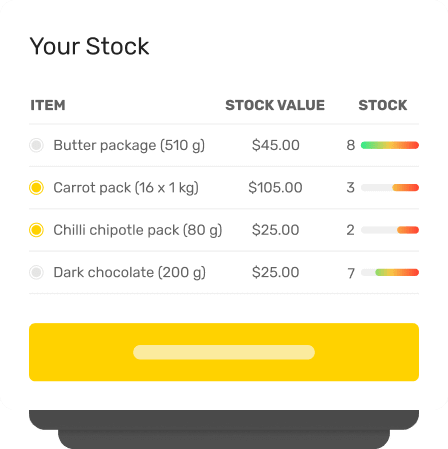
Keep Procurement In Check At Every Site Without Waking The CFO
Centralise procurement with Apicbase F&B purchasing software. It makes life a whole lot easier.
Location-Specific Buying Budgets… What Are Those?
Having a procurement budget for every specific location means knowing how much you’re projected to spend based on forecasted sales and budgeted food costs (let’s say, during May).
For example

But…
The percentage amount is more important here than the actual number.
Why?
Because:
- you can stay on-budget but sell 20% less than forecasted… skyrocketing your food cost.
- you can go over budget by 10% (but also sell 10% more)… you’re entitled to that 10%.
A budget is an early warning system. If you keep missing the mark (and you can’t justify it by looking at your sales numbers), it means you need to get a tighter grip on your food costs.
Over-Purchasing — The (Unexcusable) #1 Procurement Mistake
Captain Obvious, I know.
But, over-purchasing is still the #1 procurement mistake that’s driving up the food cost in most restaurant operations.
And it’s not just that it contributes to more waste.

Here are three more ways in which buying more than you can use is eating into your profits:
- over-purchasing = overstocking = more opportunities for pilferage (you won’t notice it);
- FIFO (first-in, first-out) is not followed as religiously, which contributes to wastage;
- always running discounted specials to liberate storage space (& blowing your margins).
It’s tough to keep your costs in line if your storage is always overflowing. Audit your inventory. Audit your waste. And start ordering to par every single time.
Curb High Food Costs With Data-Driven Purchase Orders
When your kitchen teams use procurement software for restaurants, every order they send to an F&B supplier is created using real-time data on stock levels, sales and production needs.
This way, you avoid the overstocks and shortages that increase your cost of sales and erode your margins.
Your Vendors Are Not Bidding for Your Business (Overpaying)
Ingredient prices fluctuate wildly.
As supply chain manager you have to keep your eye on the ball and get the best possible deal. That’s the goal. It’s not to settle on a single vendor simply because they’re convenient.
Here are three things you should implement to sidestep this restaurant procurement mistake:
- know the market — be aware of the broad market changes that might affect your business. For prices in the US, check the USDA website. For EU prices, head on over to the European Commission website.
- implement a bidding system — massive enterprise operations do this through proprietary software. Multi-outlet operations put out a weekly/monthly RFP. Smaller operators have vendors on speed dial. There are lots of ways you can go about implementing a bidding system… just make sure it’s streamlined and effective.
- regularly accept bids — don’t want to go all-in with a bidding system? That’s okay. In that case, invite vendors to proactively submit their monthly bids for those ingredients that are costing you the most (meat, produce, and fish). Tell your primary vendors that you’re doing this — it helps to keep them honest.
NOTE
Having too many vendors (particularly those serving the same category of products) is also a recipe for overpaying.
That’s because purchasing low volumes from several suppliers doesn’t get you bulk discounts. Do the math to figure out if it pays off to order in bulk from a single vendor.
Your Purchase Order Forms Don’t Tell You Much
A detailed order spec is almost like a prompt that makes sure that you don’t slip up on the details.
For example, it will have a ‘QTY’ column that says that ‘a pack of tomato sauce’ means 24 cans. So when a 12-pack gets delivered, you can make a correction and ask the vendor to adjust the invoice.
You’ll do the same when a vendor delivers 10 cuts of select grade beef (and you’ve ordered prime grade).
A detailed order form keeps you on your toes but, more importantly, it’s a blueprint for other employees who might sometimes cover for you.
Detailed order specs will help you:
- ensure that you’re paying for what you’ve ordered every time;
- keep order intake consistent when you’re not there to oversee it;
- minimise complaints that come with serving sub-par ingredients;
- keep your vendors on the straight and narrow;
- maintain consistency in your quality, recipes, food cost analysis.
A detailed order form is a blueprint for your employees.
BoH Procedures & Processes Never Get Reviewed & Adjusted
At a glance, food prep and other kitchen processes don’t really look like they could be food cost-boosting procurement mistakes, right?
But what happens when:
- the executive chef adds a guacamole dip to the menu, and you simply up your order of grade #1 avocado that you use for avocado toast (instead of softer, cheaper grade #2)?
True, situations like these just slightly bump up your food costs… when they’re a one-off. But, where there’s one, there are others — and, cumulatively, they end up costing you an arm and a chicken leg.
Find them. 86 them. And start chipping away at those unnecessary expenses.
You Don’t Run a Tight Ship With Your Invoices & Payments
When you’re busy on the loading dock, and the delivery person puts a delivery slip and a pen under your nose, what do you do?
In most cases, you sign it.
But here’s the thing…
Vendors and delivery people make mistakes, and verifying a delivery note before you sign off on it is just a prudent thing to do.
Before putting ink on that dotted line, make sure to check the following:
- did you get what you’ve ordered (quantities, quality, at the right price)?
- was anything subbed, outed, or rejected (where is the discount/credit for that)?
- are the numbers correct for lines and for the grand total (any creative math there)?
When it comes to the actual payments, just verifying that they all equal the invoiced amounts (with discounts and adjustments applied) is enough to avoid costly procurement mistakes.
Ready To Take These Food Cost-Ballooning Purchasing Mistakes To Task Without Breaking A Sweat?
Let Apicbase do the heavy lifting. Our solution automatically generates accurate & timely purchase orders taking into account your bills of materials, stock levels, and supplier packaging.
